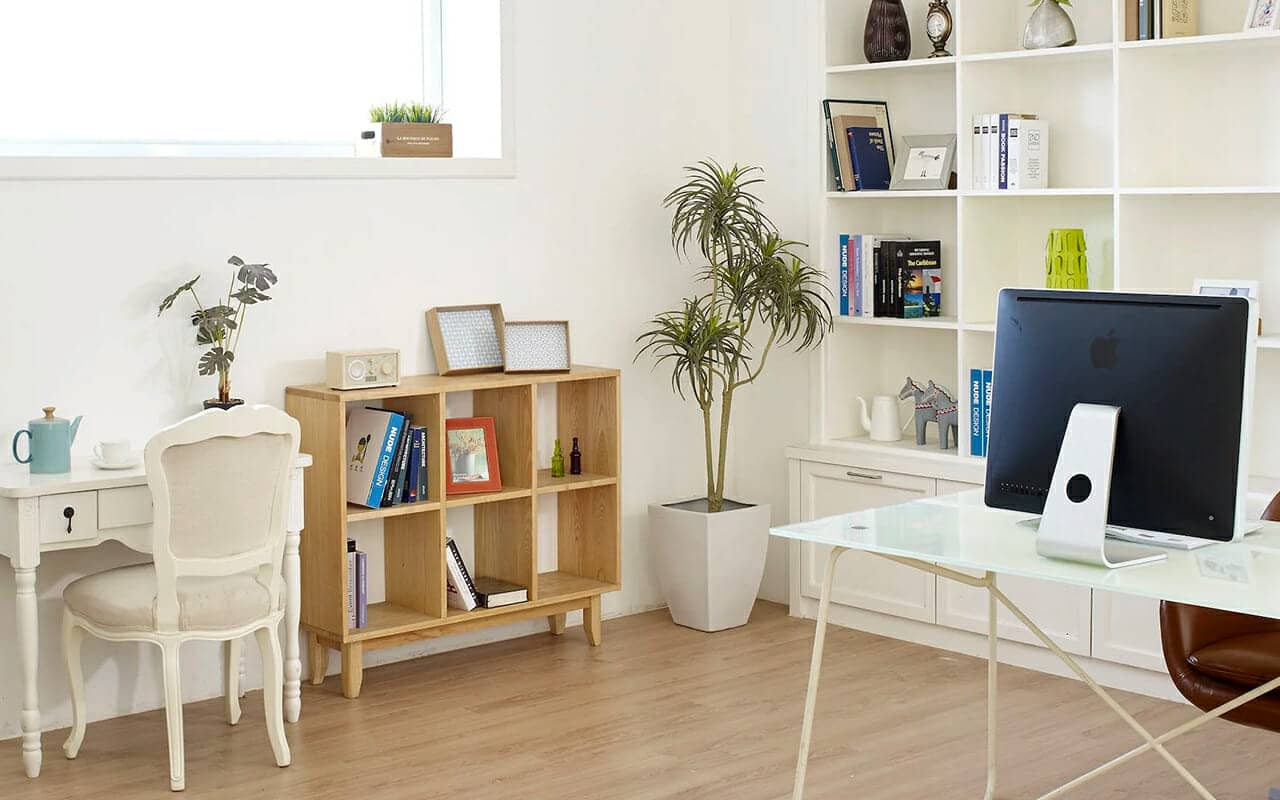
Ashamed that you’re struggling with it?
Please don’t be.
Many people haven’t exercised their memory abilities since they were kids.
The good news is that the mnemonic alphabet used by the military and police can be learned fast.
And it can be learned in a way that exercises your memory so that you’ll be sharper and faster while serving the citizens and colleagues you care about.
So if you’re ready for a fun and easy way to master the mnemonic alphabet, let’s get started with the most direct and powerful memory hacks on the planet.
3 Mnemonic Hacks to Memorize the Phonetic Alphabet
Before we get started, let’s make sure you’re in the right place.
Sometimes people use the term “phonetic alphabet” to mean the Major System. That’s well worth-learning too, but it’s not “Alpha Bravo Charlie.” It’s used to help you remember numbers.
Also, we’re not talking about the International Phonetic Alphabet or IPA. That’s something to memorize for learning a new language, especially if you’re learning more than one at a time.
No, today we’re talking about the NATO Phonetic Alphabet. Because military and police communicate through radio and often during noisy scenes of battle or crime, this simple system helps make sure communications are clear.
Like Morse Code Mnemonics, there are a few simple tricks you can use to remember each and every word in the military phonetic alphabet. Let’s look at each in order.
One: The Pegword Method
The Pegword Method gives you an instant mnemonic image for each letter of the alphabet. Ideally, these image associations are based on highly familiar people or objects.
For example:
- A = Apple Computer
- B = Batman
- C = Cookie Monster, etc.
Although you can copy the images of others, it’s best to come up with your own. This is because copying others means memorizing their associations. Coming up with your own gives you great brain exercise and lets you rely on what’s already in your memory without having to memorize anything new.
To get started, just quickly go through the alphabet to come up with a bunch of associations.
Two: Create A Memory Palace
The Memory Palace technique will allow you to rapidly memorize all of the Phonetic Alphabet by giving each a home in a familiar place.
For example, I used Apple Computer for Alpha. All I had to do was pick a spot in my bedroom and imagine an Apple computer sneezing and spewing a colorful alphabet into the air.
Although that’s not the association you might choose, try practicing with this image by using the Apple computer to imagine it sneezing and releasing an alphabet into the air.
Then continue based on this example using your own images for each letter of the alphabet.
Here are two more examples:
For Bravo, I imagined Braveheart (played by Mel Gibson) in a battle with Batman – in my kitchen.
For Charlie, I imagined Charles Manson and Cookie Monster making cookies with Charlie Brown in the living room.
Three: Review The Alphabet Mnemonics Strategically
The catch with this approach is that you can’t immediately “set and forget it.”
But you will be able to remember them all effortlessly soon.
First, you need to apply some active recall.
This term means that you need to challenge your brain. You need to think back to the first room where you placed the letter A and ask yourself: “What was happening there?”
Soon, the answer will come. “Oh, the Apple computer was sneezing and the alphabet came rushing out of the screen into the air. That means that A is Alpha.”
You can also benefit from the primacy effect, recency effect and serial-positioning effect by visiting the list out of order.
In other words, don’t always start your recall practice at the beginning. Sometimes start at the end, the middle or a random spot. We also do this when instilling a memorized deck of cards and it is very effective.
Learn the Phonetic Alphabet Today With These Mnemonics
I shared my first three alphabet mnemonics above. For the sake of completeness, here’s the complete list I use:
- A = Apple Computer sneezing alphabet = Alpha
- B = Batman battling Braveheart = Bravo
- C = Cookie Monster with Charles Manson and Charlie Brown = Charlie
- D = Dracula swimming through a deluge = Delta
- E = Einstein shouting at a wall = Echo
- F = Fox from Disney’s Fox & The Hound trotting = Foxtrot
- G = Golem golfing = Golf
- H = Harry Lorayne checking in = Hotel
- I = Ian Mackaye with a sitar = India
- J = Julie Andrews in a Shakespeare play = Juliett
- K = Kilometer dial measuring itself = Kilo
- L = Giant Lime falling on a map = Lima
- M = Mike Tyson boxing himself = Mike
- N = Nova falling from sky onto a calendar = November
- O = Oscar the Grouch opening his can = Oscar
- P = My dad with a punching bag = Papa
- Q = Q-Bert trotting on a map of Central Canada = Quebec
- R = Romeo (played by Leonardo DiCaprio) = Romeo
- S = The sea pounded by air = Sierra
- T = Tango & Cash actors dancing = Tango
- U = Uma Thurman in a uniform = Uniform
- V = Victor Frankenstein making victory sign = Victor
- W = Big bottle of Whiskey in hands of Walter White = Whiskey
- X = X-ray cover of a Ministry album = X-ray
- Y = Yankee Stadium covered in egg yolks = Yankee
- Z = The Berlin Zoo stormed by Lou Reed = Zulu
Remember: These images are distributed throughout a familiar location using the Memory Palace technique. This ancient memory technique is the ultimate memory hack because it serves as a kind of canvas. The images or mentally painted on these well-known surfaces.
The process itself already helps establish the memory through elaboration. Going through a few quick recall patterns helps establish long term memory for using each letter accurately in the future.
If you need more help, why not get my FREE Memory Improvement Kit by clicking on the image below? It will help you rapidly master all of these skills. And you’ll be able to apply the techniques to other things you want to learn fast too:
So what do you say?
Are you ready to come up with your associations and enjoy knowing these alphabet mnemonics for the Phonetic Alphabet like the back of your hand?
Dive in, enjoy feeling like a kid again and make it happen!
Related Posts
- 7 Memory Hacks That Simply Work
The best memory hacks help you rapidly remember anything. This list gives you the best…
- The Greek Alphabet Is Easy To Memorize (Audio and Video)
You never have to struggle to memorize the Greek alphabet again (or any alphabet for…
- Memory Craft: Lynne Kelly On The Potent Power Of Ancient Mnemonics
Lynne Kelly joins the podcast to discuss her new book Memory Craft. We discuss the…





